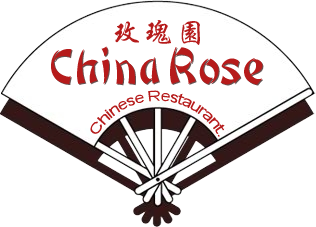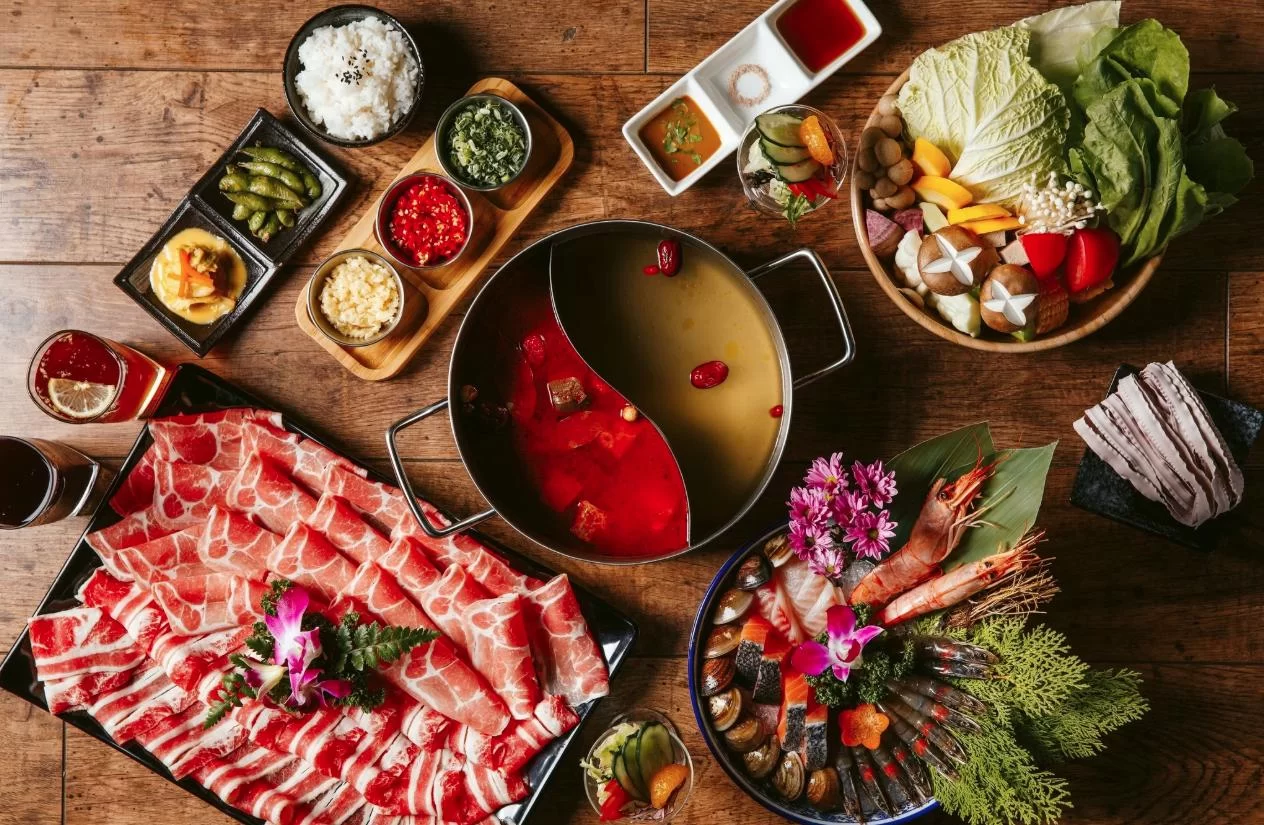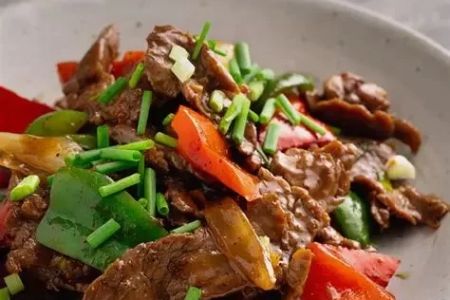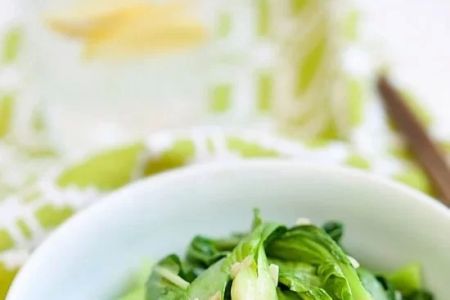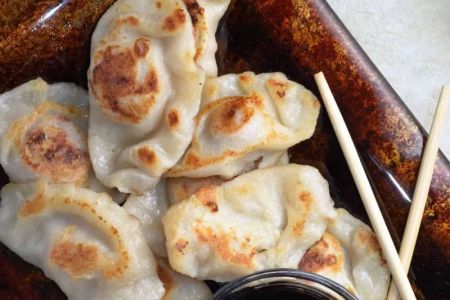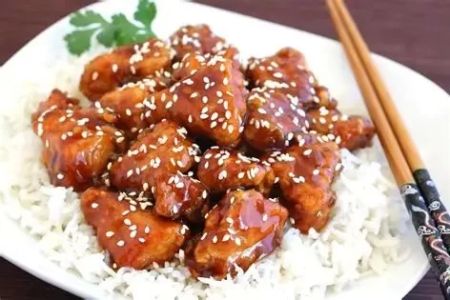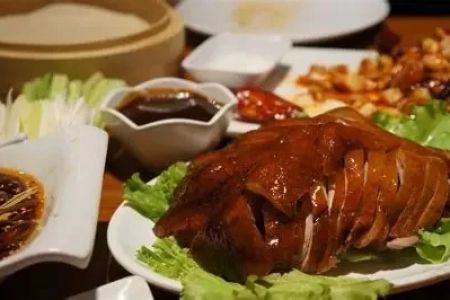- Cultural-roots-of-Chinese-garnish-techniques
- Essential-tools-and-ingredients-for-garnishing
- Classic-Chinese-garnish-techniques-and-styles
- Modern-adaptations-of-traditional-garnishing
- Case-studies-and-real-life-examples
- Practical-tips-for-home-cooks-to-master-garnishing
- When-to-seek-professional-guidance-or-cooking-classes
1. Cultural Roots of Chinese Garnish Techniques
Chinese cuisine has always been more than just food—it is art, culture, and storytelling. Garnishing plays a central role in elevating dishes, reflecting centuries of tradition. Historically, chefs in imperial kitchens created intricate vegetable carvings or arranged herbs to symbolize prosperity and harmony. Understanding these cultural roots helps modern cooks appreciate why garnish is not just decoration but also an integral part of the dining experience.
2. Essential Tools and Ingredients for Garnishing
Before exploring garnish methods, having the right tools is essential. Sharp carving knives, peelers, and molds are commonly used in Chinese kitchens. Ingredients often include colorful vegetables such as carrots, cucumbers, and radishes, as well as edible flowers and herbs. Many home cooks underestimate the importance of quality tools, but investing in these makes garnishing not only easier but also more precise. At Chinese Food, you can find authentic cooking tools and ingredients that support traditional garnish artistry.
3. Classic Chinese Garnish Techniques and Styles
Among the most iconic methods is vegetable carving—transforming radishes into blossoms or cucumbers into elegant spirals. Another classic approach is arranging herbs and citrus zest to create balance between color and texture. For example, a bright green parsley sprig next to roasted duck enhances both taste and presentation. Traditional techniques focus on harmony, ensuring that the garnish complements the dish without overwhelming it.
4. Modern Adaptations of Traditional Garnishing
Contemporary chefs have taken inspiration from classic garnish styles but adapted them with modern flair. For example, social media platforms often showcase viral videos of chefs crafting dragon-shaped carrots or delicate lotus flowers from beets. These modern interpretations respect tradition while appealing to today’s audience, who often view dining as a visual experience as much as a culinary one.
5. Case Studies and Real-Life Examples
One famous story comes from a popular cooking competition in Shanghai, where a chef carved a phoenix entirely from a single pumpkin. The artistry went viral online, sparking renewed interest in Chinese garnish techniques among younger generations. Similarly, many restaurants in Beijing now include tableside garnishing performances, turning dining into a cultural spectacle. These examples highlight the ongoing relevance of garnish as both a culinary and artistic expression.
6. Practical Tips for Home Cooks to Master Garnishing
For beginners, start small—like slicing cucumbers into fans or creating simple tomato roses. Practice patience and precision, as rushing often leads to uneven results. Color contrast is another important principle; pairing red peppers with green herbs instantly makes a dish more eye-catching. Remember, garnishing should enhance the meal, not overshadow it. Many home cooks find that practicing one new technique a week helps them build confidence over time.
7. When to Seek Professional Guidance or Cooking Classes
While many techniques can be learned at home, some advanced skills—such as intricate fruit carving or edible sculpture—may require professional training. Enrolling in a specialized cooking class or seeking guidance from culinary experts can provide hands-on experience. For those passionate about mastering authentic Chinese garnish artistry, exploring workshops and curated products at Chinese Food ensures access to both expert instruction and the highest-quality ingredients.
